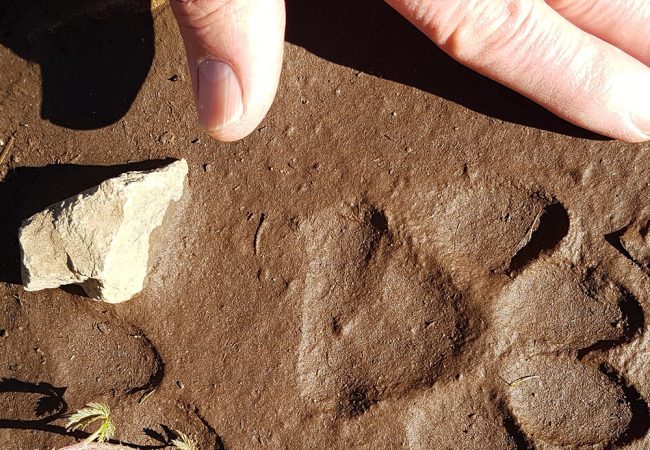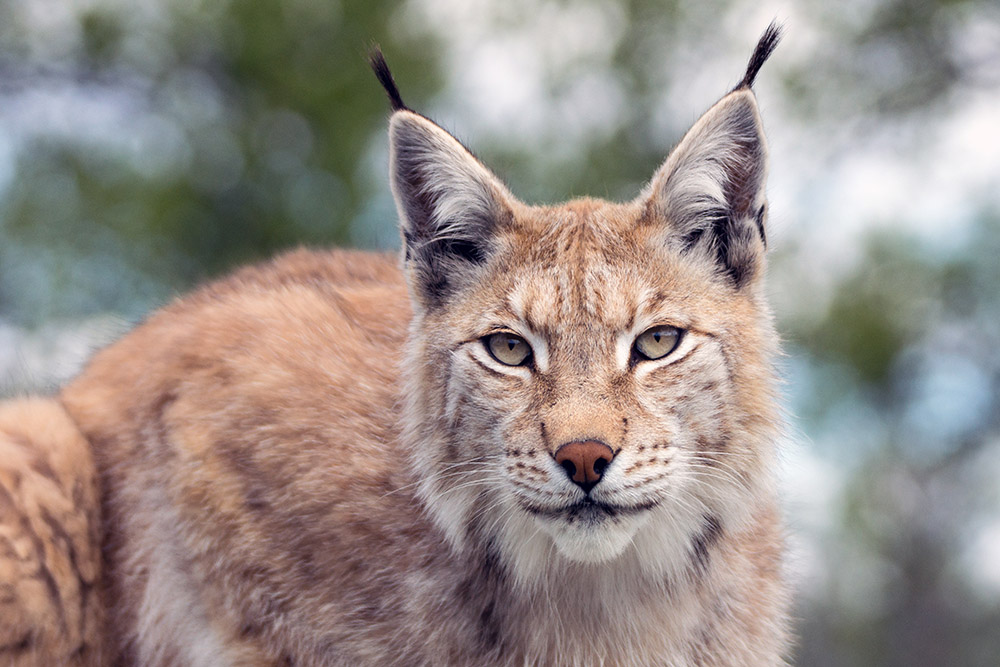
The Elusive, Resilient Bobcat
I spotted this distinct bobcat track while hiking near Homesite Creek on BC’s Sunshine Coast. The track was likely fresh, as steady rain had fallen the previous day.
Bobcats are extraordinary creatures. Solitary, wary, resilient and beautiful, they have somehow sustained most of their historical range in North America. Today they’re found from southern Canada into Mexico and in nearly every U.S. state. The closely related Canada lynx, better adapted to harsh weather and deep snow, populates much of Canada. The two species occasionally overlap in southern parts of the country.

While bobcats are relatively abundant in North America, seeing one in the wild is a rare experience. Photo by Jon Anders Wiken.
I’ve been fortunate to encounter three wild bobcats in my life. The first and most memorable encounter occurred in the foothills above Ashland, Oregon when I was 19 and attending Southern Oregon University. We came upon one another, perhaps 20 meters (65 feet) apart, in the bend of an old Forest Service road. Following a big-eyed, breathless staredown of several seconds, the cat bolted into the trees while I stood in awe of what I’d just witnessed. I remember its thick, tawny coat with the black spots and tall ear tufts. I remember the big, padded feet as it bounded away. I remember the eerie silence of its movements.
Bobcats have adapted well to human disturbance of their habitat. The International Union for Conservation of Nature (IUCN) lists the bobcat as a species of least concern, noting that populations are relatively widespread and abundant.
Still, their caginess means it’s rare to ever see one in the wild. I hope you get the chance.
